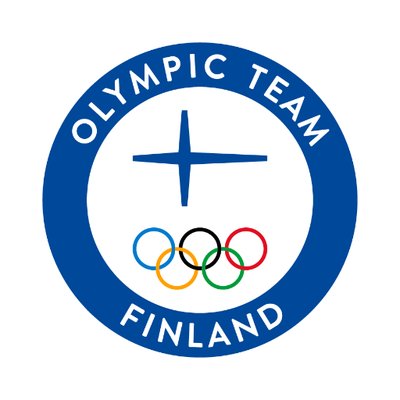
Elite sport Schools system in Finland
Dual Career in Finland - Dual Career in Finland TUULI MERIKOSKI
(“PANORAMA EUROPÉEN EUROPEAN OVERVIEWLe double projet sportif et professionnel en Allemagne , p.108-114)
“In Finland, the Olympic Committee has the leading role in dual career issues and it is responsible for the national coordination. The development and improvement of study, career and employment services for the athletes has been and is one of the short and long term goals. This work is done in close collaboration with Sport Academies, sport organisations, players’ associations and the Ministry of Education. The cornerstone of supporting athletes’ dual career in Finland is the elite sport school system that consists of 13 upper secondary general elite sport schools (high schools or gymnasiums) and 12 upper secondary vocational sport schools. The system was established in 1986. Elite sport schools are nominated and financed by the Ministry of Education. In addition to the resources from the state educational budget (separate from the sport budget!) extra finance comes from local public authorities and national sports federations and local sport clubs. Eligibility for admission to sports-oriented schools is based on grades, sporting merit and an entrance exam/interview. Elite sport high schools have a special curriculum with up to 20-24 courses of athletic training out of 75 courses required for graduation/the matriculation examination. In the vocational sport schools student-athletes can have a special curriculum of 24 credits athletic training out of 120 credits required for the diploma.
In addition to the special curriculum there is a wide range of flexible study and guidance arrangements and other activities which help student-athletes to carry on their dual career: distance learning, video broadcasting of lessons (to be watched at distance either simultaneously or whenever convenient for the student in training camp, competition etc.), special study counselling, training of teachers and other personnel on the demands of elite sports and intense collaboration with student-athletes’ parents and coaches. In addition to the educational support services elite sport schools provide also other services related to elite sports such as nutritional guidance, physiotherapy, massage, sport psychology etc.
If the upper secondary general education or the vocational diploma is not completed in three years which is the normal study time, students can have a fourth year (or in some cases even the fifth year). About half of the student-athletes in Elite Sport Schools use this extra year. For them it is very important in order to reach both athletic and academic goals.
At the moment there are around 2500 student-athletes aged 16-19 yrs in the Elite Sport School system. Statistics made by the NOC of Finland show that a high percentage of the athletes in the Olympic teams have studied (or some have been studying at the time of the Olympics) in the Elite Sport Schools. The number is particularly high in winter sports. For example over 50% of the athletes in Vancouver 2010 and Sochi 2014 were “Elite Sport School” alumni or current students. In summer sports the percentage has been around 40.
The elite sport school system is coordinated nationally by a commission chaired by the National Olympic Committee. The Olympic Committee is also responsible for the evaluation process of the elite sports schools. Under evaluation have been issues such as:
1) activities in supporting athletes’ studies (meaning development and use of flexible study methods, distance learning, special action to prevent drop out etc.), 2) co-operation with sport organisations and 3) athletic and 4) academic results of the athletes in the system. For example, as to the academic results (result of the matriculation examination) the evaluation indicates that there is no major difference of the student-athletes compared to the results of so called “normal” students. Student-athletes use in general slightly longer time to graduate but there is not a major difference.”
Dual Career and studies in secondary level education
The “least” developed area in dual career system in Finland is the secondary level meaning grades 7-9 at age 12-15 years. There is no official system and only few upper secondary schools have special curriculum or services for elite athletes. There are schools with extra PE-lessons and collaboration with local sport clubs by which sport-specific training is organised during school hours either in the morning or afternoon, but creating a more developed and extensive system is one of the main short term goals of the Sport Academy network in the whole country.
Sport schools are part of Finnish Sport Academy network. Useful site - https://www.sportsschool.edu.sg/qql/slot/u728/02%20%20NEWSROOM/03%20News%20Archives/Events%20Listing/37.%2010th%20Anniversary%20International%20Conf/Sport%20school%20system%20in%20Finland.pdf